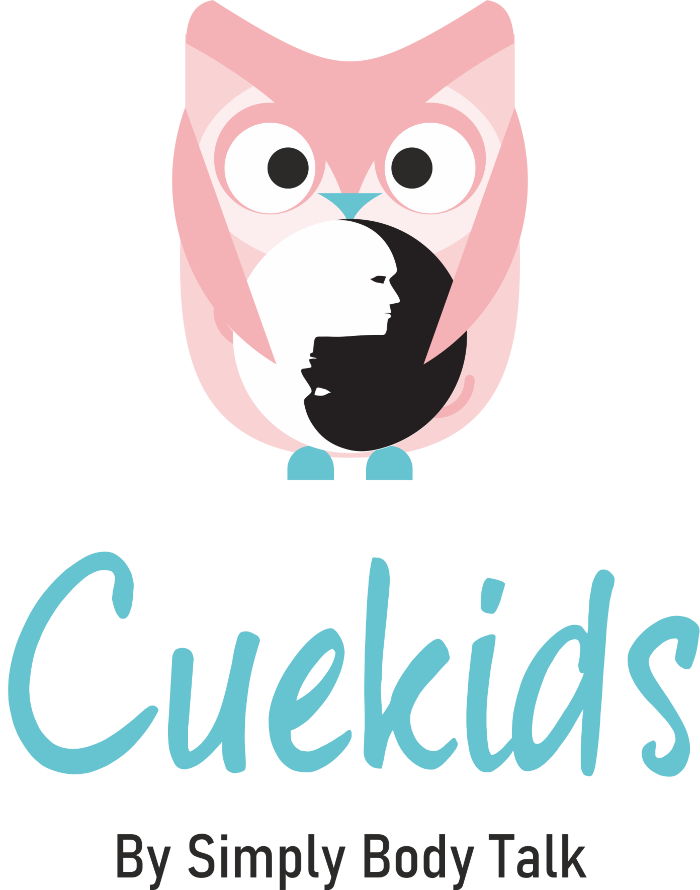When it comes to leadership, the lines of assertion and aggression tend to become slightly blurred. People mistake assertive leaders for aggressive ones, or may not find any fault in aggressive behaviours.
As our children’s guardians, it is our role to teach them how to perform their leadership roles assertively, without coming across as aggressive. This can be achieved through the way that they communicate with their peers, be it verbal or non-verbal. Developing confidence and positive personality development is key in this process.
But before we delve into this, let’s take a look at the difference between assertion and aggression:
Assertive
Being assertive involves openly expressing one’s opinions, needs, wants, beliefs, and boundaries respectfully and confidently. Assertive leaders stand up for themselves while taking precautions to not undermine the rights or feelings of those around them. Assertiveness contributes significantly to confidence and positive personality development.
According to Pipaş & Jaradat, (2010), assertive leaders have a much better self-image, as they are less anxious, making for more assured and confident leaders. This confidence is essential for strong leadership and effective communication.
Aggressive
Being aggressive, on the other hand, involves openly expressing one’s opinions, needs, wants, beliefs, and boundaries in a dominating, intimidating, and forceful manner. Unlike assertive leaders, aggressive leaders undermine the rights and feelings of others, thereby creating a toxic environment.

Children display aggression by back-talking, rolling their eyes, calling others names, being impatient when they want something, and arguing, among other actions (Day, 2020). These behaviors can negatively affect their personality development.
With these descriptions in mind, it is clear that assertive leadership should be the path that our child leaders venture out on. So let’s take a look at what communication skills we can teach them in order to make this happen!
Also read: Nurturing Leadership Skills in Children – Parenting Guide
One way in which we can support assertive behaviour while diminishing aggressive behaviour in our child leaders is by teaching them the correct language to use when communicating with others. Speaking directly to others and using the word “I” in sentences displays confidence and self-assurance. This will come off as assertive and not aggressive so long as the language we use and the way we speak is not disrespectful to others. Teaching these techniques to our children involves practising them in their own environments. For example, children can learn assertive and non-aggressive language from their parents if they are spoken to the same way at home, further aiding in their personality development.
Using non-verbal communication to display assertiveness
Non-verbal communication is a highly useful communication tactic. It involves conveying information through means other than written or spoken words, such as through body language, facial expressions, and tone of voice.
Pipaş & Jaradat (2010) also point out multiple non-verbal communication tools that leaders can utilise to display their assertiveness without bringing out aggression. According to their research, the level of eye contact maintained in a conversation sends a strong message about the leader’s confidence level. By maintaining direct eye contact, the individual comes off as more certain as opposed to uncertain of what they would like to convey. Speaking up when talking sends more of an assertive message than speaking in hushed tones. The timing of your communication must also be appropriate for it to be effective, and one’s body language should be upright, without being too stiff or too relaxed. Good body language helps reinforce a positive image and can enhance confidence in interactions.
Day (2020) highlights how being attentive and listening to other people’s thoughts and feelings displays assertiveness and reduces any impressions of aggression. Being open to compromise rather than striving to get one’s way also showcases a lack of aggression.
In order to make our children learn these communication tactics, we can start by implementing them at home or in the classroom. Children learn from their role models and people they are surrounded by a lot of the time, so by modelling the behaviour we wish to see from them, they can eventually learn it from us, improving both their confidence and personality development!
Know about our Leadership Course for Kids
References
Day, A. N. (2020, April 21). Guide: Teaching Kids Assertive vs Aggressive Communication. Raising an Extraordinary Person. https://hes-extraordinary.com/communication-assertive-vs-aggressive
Pipaş, M. D., & Jaradat, M. (2010). Assertive Communication Skills. Annales Universitatis Apulensis Series Oeconomica, 2(12), 649–656. https://doi.org/10.29302/oeconomica.2010.12.2.17






Leave A Comment